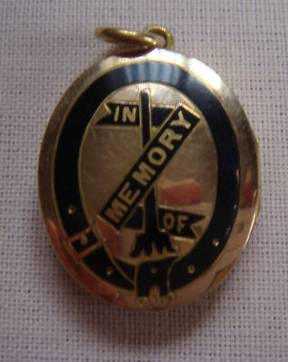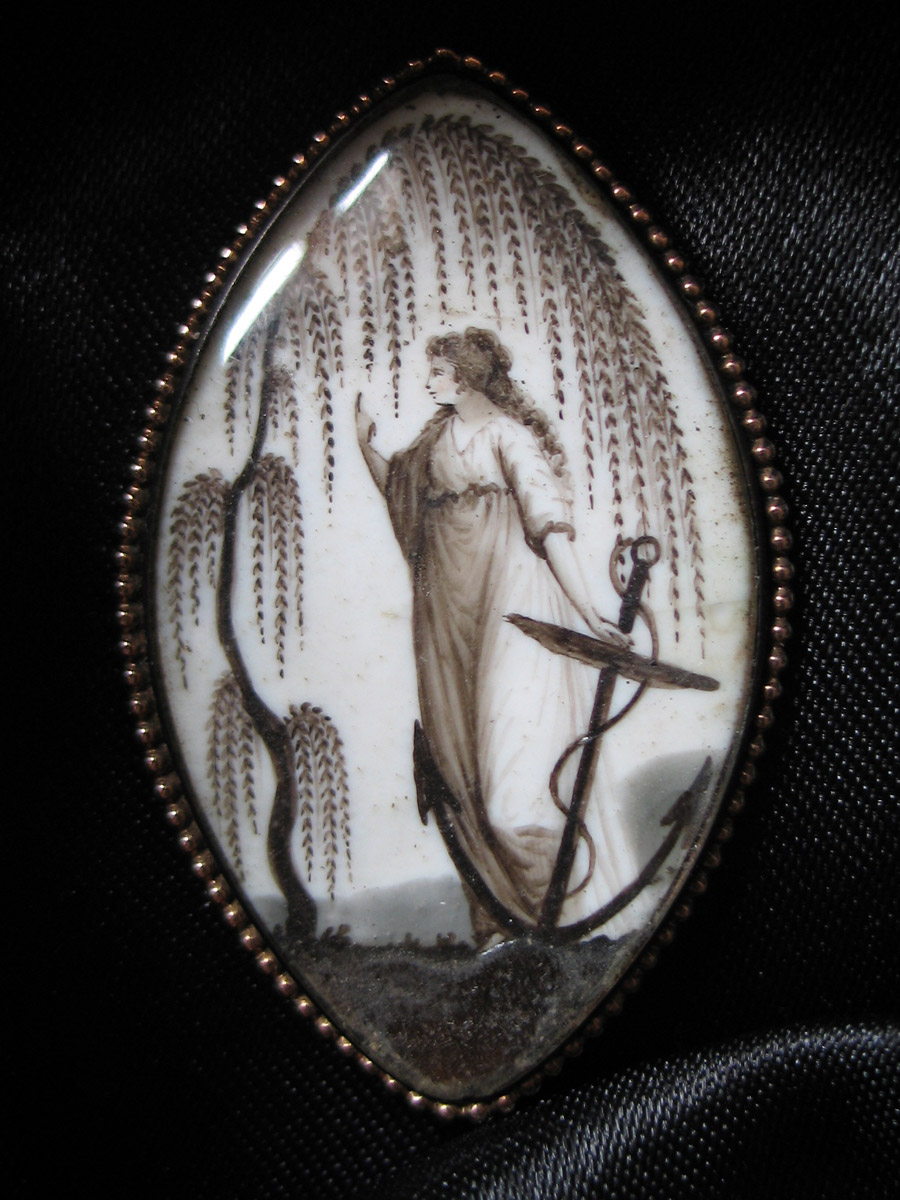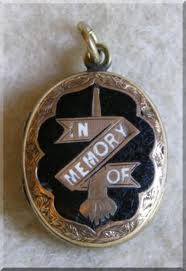Symbolism, The Upside-Down Torch
The torch is a symbol that represents several concepts, concepts which harken back to its literal interpretation, for when there is darkness, there is light to guide the way. One of these representations is hope. Hope, as a concept, provides an optimistic future that the birth of a child or the continuation of a family will bring. Without this continuity, the family would be lost to the darkness, without hope, tomorrow is lost. Hence, a torch as light, beacons the new day, the new era and a path that is brighter than what has come before.
Let’s now look at how that reflects upon the torch as enlightenment. Once the torch is lifted into the sky by its barer, there is an inherent reflection upon the torch as a beacon for intelligence, thought and progression into the future from the darkness that falls before it. Hence, it is the torch that shines the way for modernity (or liberté, égalité, fraternity, if you will). Thought, theory, truth, modernity and humanity come together in a design and a symbol of progression.
Let’s take that all in for a moment.
In today’s symbolism example, we have to apply these concepts back to the family as look at the design as an overarching motif.
We are presented with an upside down torch. Everything, the very essence, of the family that the upright torch represents is turned upside down and shut off, That bright light which would pave the way for the next generation is gone and lost, the continuation of hope is gone and so is the enlightenment that the family could progress with.
When combined with the Victorian views on mortality and the concept of the family (see the articles about the Gothic Revival period and its impact on 19th century culture here), we’re looking into a bold and very profound statement of mortality that has all the stoicism that the late 19th century generated in the family and the gravity of that symbol when placed over the heart in a locket.
This symbol is surrounded by the buckle, which if you’ve read my writing before, you know well enough what the means, but I will discuss it in another Symbolism Sunday, however, the upside-down torch is loss at its most basic.
Reflecting upon the symbol as that of lost hope, let’s look at how the Neoclassicists depicted this symbol a century before.
Faith, hope and charity were (and still are) common symbols for their representation. Cross (faith), hope (anchor) and charity (heart) are still common motifs today (read more about them in my Symbolism Sunday about Faith, Hope and Charity). Their depictions on the symbols in Neoclassical art are often that of the weeping woman, surrounded by the willow and holding onto the (or surrounded by), the symbols which depict the grief. The grief becomes beauty and depicts a serenity that can be appreciated for its artistic merit, rather than its depth of meaning.
There are scenes of the woman clinging to the cross, even upon the anchor, which reflect an outpouring of grief, but the stoicism that the 19th century provides for the matter-of-fact Christian, high mortality, industrialised reality of the black-upon-gold symbolism is its own gravity, it is a statement that doesn’t overcomplicate the design, but enhances it beyond what the prior society would flow around the idea of the concept with humanitarian depictions.
At this point in today’s lesson, remember that the upside-down torch is the life cut short, the loss of hope and enlightenment. Bereft of future.
Looking at today’s subject of a youth as the focus of the locket, it makes the symbol so much more poignant. The child which would, for the previous three hundred years, be characterised by white enamel becomes a statement for the family’s grief, be it masculine or feminine, the child is lost and the family suffers.
Furthermore to this, the flame as regeneration when held upright is lost. Flame burns, regenerates and feeds of the very air around it, lose this and you lose your familial regeneration.
Other interpretations of the torch are more romantic in basis or for their liturgic reasons, however, we’re looking at the upside-down torch and its representation in mourning jewellery.











